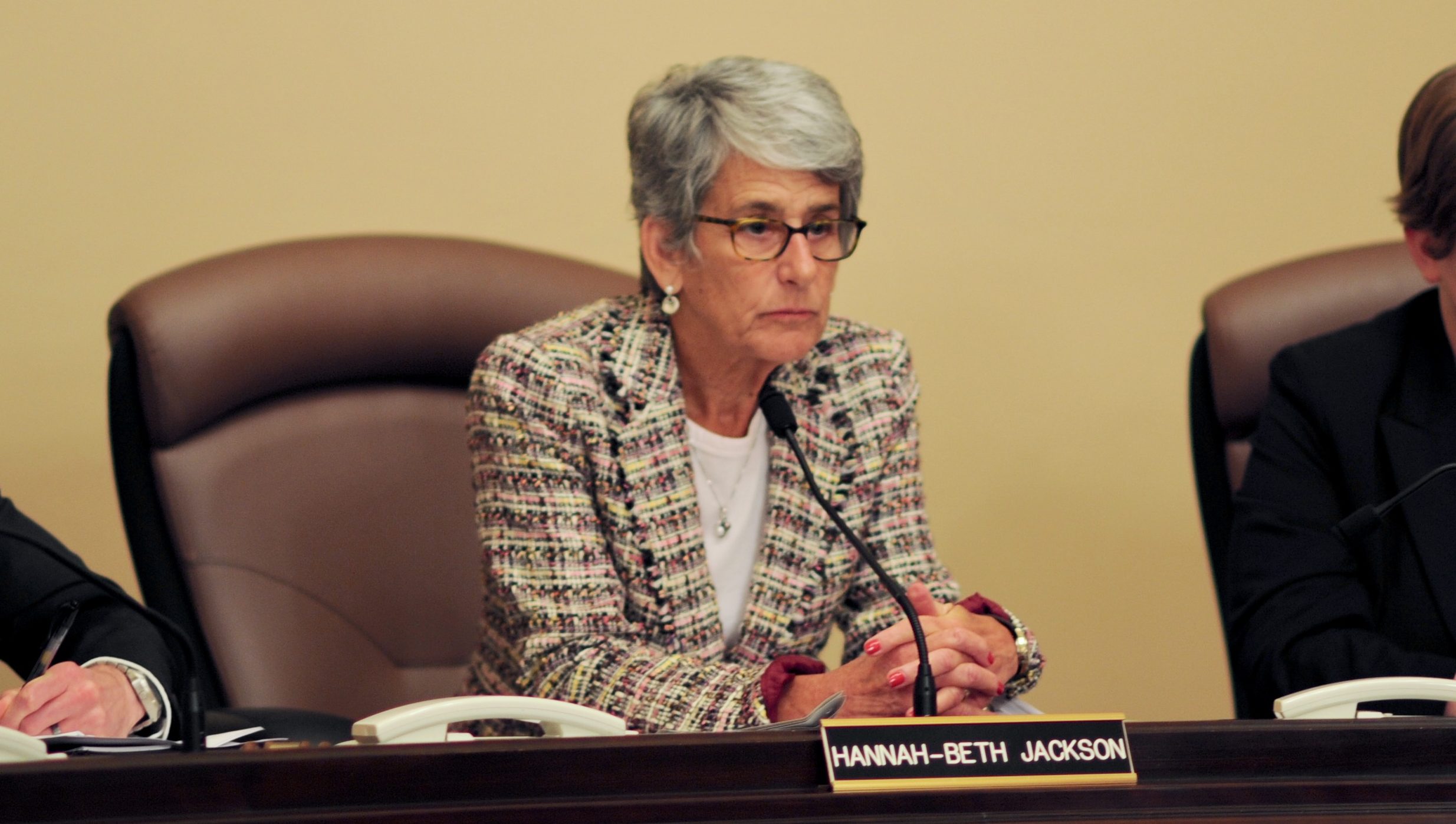
Official Ballot Drop Box placed ready to accept Voting Ballots for the upcoming election. Santa Ana, CA, Sept. 23, 2020. (Photo: mikeledray/Shutterstock)
Tax Increase Season
The need to fund higher pensions outweighs the need to fund services for residents
By Todd Maddison, September 6, 2024 7:44 am
It’s an election year, which means it’s time to talk about tax increases! Yay?
In the past few years massive post-pandemic tax revenue increases combined with skyrocketing real estate prices have driven tax receipts ever higher. One might think that would leave our cities and counties in good shape for the future, but that hasn’t happened. Instead, government did what government does – increase spending to match (or exceed) revenue. And now we see tax increases on the ballot throughout the state.
San Diego residents will be asked if they want to boost their sales tax rate by a relatively huge 1%, citing a “dire need for money” to address large budget deficits. They are promising to use this money to “prioritize roads and infrastructure”, of course.
The city of Oceanside wants to extend a half-cent increase first passed in 2018, scheduled to expire in 2026. They say they’ll spend that on road repairs, programs to benefit the homeless, improve parks, etc. Sure.
Farther north, Santa Barbara is also looking for a half-cent increase. They want more money for “public safety, maintenance, libraries, affordable housing, and more.”
And in Northern California the city of Mill Valley wants its own half-cent increase. Why? “Infrastructure improvements,” of course.
And these are just a few. Googling “California November Ballot Sales Tax Increase” returns page after page of hits.
On the surface all appear to be altruistic efforts to by cities to fund services good for the community. Who can argue fixing streets, helping the homeless, maintaining libraries, improving public safety are not good for residents? And if we listen to the words being spoken, cities simply do not have enough money to provide the services their residents deserve.
But let’s ignore the words for a moment and look at actual numbers. Joe Biden says “don’t tell me what you value, show me your budget and I’ll tell you what you value,” so let’s use Joe’s rule to see what they value.
Certainly, the cost of everything has increased, but inflationary increases in the cost of services to residents are dwarfed by growth in extra payments being made to employee pension plans.
Public agencies make two types of contributions to employee pensions. The “normal” contribution is based on a percentage of the employee’s pay. Similar to private 401K employer contributions. But where private plans stop there, for public agencies that’s just the starting point.
Public employees have been promised payments higher than the normal contributions can fund. To keep those promises, an additional payment, usually called “Unfunded Actuarial Liability” (UAL) needs to be made every year. Real numbers show those UAL payments are consuming an increasing amount of city tax revenue.
San Diego’s data for 2023 shows its “actuarially determined contribution” at $486.3 million. Five years ago in 2018 the number was $350.5 million. That’s a growth rate of 6.8%/year. If it passes, its tax rate increase would raise about $400 million per year.
The CalPERS public pension agency provides data for most cities. Oceanside’s data tells us in 2018 their extra payment was $12.4 million. In 2023 that was $21.3 million. An increase of 11.33% per year. Measure X is supposed to generate an additional $20 million/year.
Santa Barbara’s UAL payment in 2018 was $14.2 million. In 2023 make that $34 million. Up a whopping 19.5%/year. They hope the “Essential Local Services” measure will raise $15.6 million/year.
Mill Valley? In 2018 they paid $1.7M, in 2023 $4.1M. Their increase rate is slightly lower than Santa Barbara at 18.63%, but would still fit the word “skyrocketing.”
All are enormous increases in cost for cities that have nothing to do with fixing streets, helping the homeless, maintaining libraries, or improving public safety. And most are – coincidentally? – similar to the amount of money the city expects to get from higher taxes.
We have an obligation to keep our pension promises, but the decision is not “how do we keep pensioners from having to live in the street,” rather whether the need to fund higher pensions outweighs the need to fund services for residents.
Pension data provided to Transparent California shows the average annual pension payment of a San Diego employee retiring after a full career (30+ years) was $80,594. In Oceanside $95,708. Santa Barbara $95,930. And Mill Valley $110,604. Of course all are guaranteed pensions for life, with annual increases.
Maybe the residents of these and other cities feel this is not enough. Perhaps they think their city servant’s pensions are inadequate and they want their tax dollars to go to increase those numbers. Certainly possible. But having a city claim tax increases are needed for all the noble reasons we hear while ignoring where the money is really going is misleading at best. An honest discussion of tax increases should start by using data to identify the reason additional revenues are needed.
Perhaps it’s time for our cities to look at solving the root cause of the problem and finding a way to move new employees onto a more affordable program (as San Diego once tried to do), rather than slapping a taxpayer-funded band aid over the problem. We need to have that open discussion now if we don’t want to see these tax increase debates every few years forever.
- When is a ‘Temporary’ Tax Not Temporary? - December 23, 2025
- And Now, Another Episode of ‘Shutdown Theater’ - October 18, 2025
- Why Can’t Our Schools Afford to Improve the Education of our Kids? - June 11, 2025




